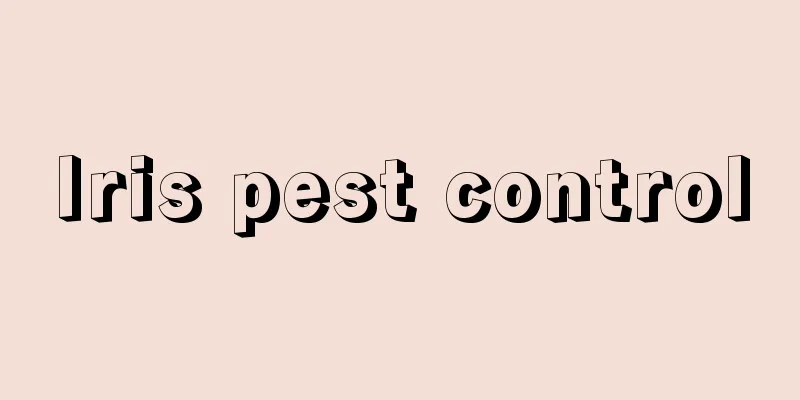What to do if the leaves of Rhododendron turn yellow

1. Long-term lack of lightRhododendron hairy is relatively more fond of light. Many people do not pay much attention when growing flowers at home and place the flowers in places where there is not enough light. We know that green plants achieve energy conversion by absorbing sunlight. If they are not exposed to enough sunlight for too long, it will lead to the lack of certain substances in the leaves of the plants, causing the leaves to turn yellow. Solution: Place the potted azalea in a location with good sunlight. 2. Unreasonable temperatureThis point should be paid special attention to in winter. The growth of any plant has a temperature limit. Therefore, when caring for it, the growth temperature of Rhododendron hairyense should be strictly controlled to prevent the spread of frost damage, so as to prevent the symptoms of yellowing leaves! Solution: Pay attention to maintaining the room temperature, which should be above 10 degrees Celsius. In autumn and winter, when the outdoor temperature is low, bring the flowers indoors in time. 3. Improper wateringIt likes a well-drained substrate, and too much water will also cause yellow leaves. This is because when there is too much water, it will hinder the physiological respiration of the flower roots, causing damage to the plant roots. When there is a problem with the roots, nutrients cannot be transported normally to the stems and leaves of the plant, resulting in yellow leaves. In addition, untimely water replenishment will also cause the plant to lack water, causing the leaves to turn yellow and dry. Solution: Water scientifically and reasonably, it is best to water when the soil is dry and then water when it is wet. 4. Too much or insufficient fertilizerFertilizer is also a vital part of the growth of this flower. Too concentrated fertilizer is likely to burn the roots of the plant, causing damage to the flower roots, which will manifest as yellowing on the leaves. The lack of nutrients can also cause yellow leaves. Solution: Measure the amount of fertilizer according to the size of the plant. It is best to dilute the fertilizer before applying. 5. The air is too drySometimes, especially in the north in winter, the indoor environment is relatively dry, and yellow leaves will appear at this time, so it is also important to maintain appropriate indoor humidity. Solution: Spray some water around the potted plants, or place a basin of water around the flowerpots to adjust the air humidity nearby! |
<<: What to do if the leaves of Chlorophytum comosum become soft
>>: What to do if the leaves of Dutch iron turn yellow
Recommend
What to do after the lilies fade
1. Prune the remaining flowers After the lilies h...
Maintenance of common flowers-watering
camellia Now water it once every 4 or 5 days, and...
How to make bonsai of Pyracantha
1. Processing of seedling sources The seedlings o...
How to Make Kapok Bloom at Christmas
Pruning control Principle: This method is to chan...
How to eat toon sprouts
1. Scrambled Eggs 1. Wash the toon sprouts and bl...
Flowers represented by the four beauties
Wang Zhaojun: Camellia Zhaojun Goes to the Fronti...
How to hydroponically cultivate bamboo palm
Environmental conditions required for hydroponics...
When is the best season to plant Astragalus membranaceus
Chinese Milkvetch Planting Season and Time The pl...
How to hydroponically cultivate little angels
1. Time selection There are no particularly stric...
How to grow Buddha belly bamboo in winter
Buddha belly bamboo likes light, warm and humid c...
What should I do if the orchid sprouts but does not grow? How can I make it grow strong sprouts?
1. Solution 1. Watering in moderation: After germ...
Can I use egg shells when growing orchids? (The correct way to use egg shells to grow orchids)
Can egg shells be used to grow orchids? Although ...
Can I drink the water soaked with money grass every day?
1. Is it possible? Although money grass has certa...
Can I grow mulberry trees at home?
Can I grow mulberry trees at home? You can plant ...
What is the best month to plant succulents? When is the best time to plant succulents?
Which month is suitable for planting succulents? ...









